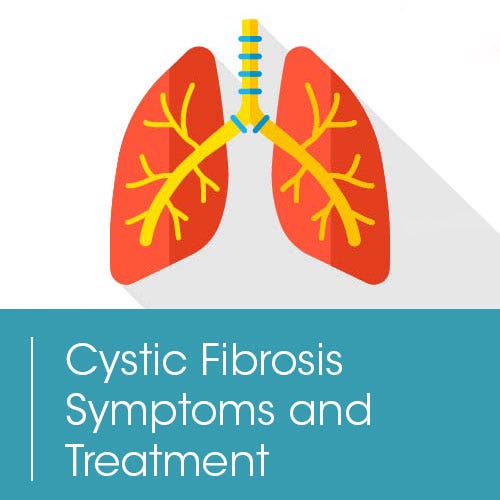Hantavirus pulmonary syndrome (HPV) is a deadly disease, with a 35% fatality rate, that comes from exposure to diseased rodents, their droppings, their urine, or their saliva. The infection attacks the lungs, making it difficult to breathe and, in a third of cases, leads to death by respiratory failure.
Symptoms develop 1-5 weeks after exposure to the rodent’s infection. Most individuals will not know, at first, that something is seriously wrong.

